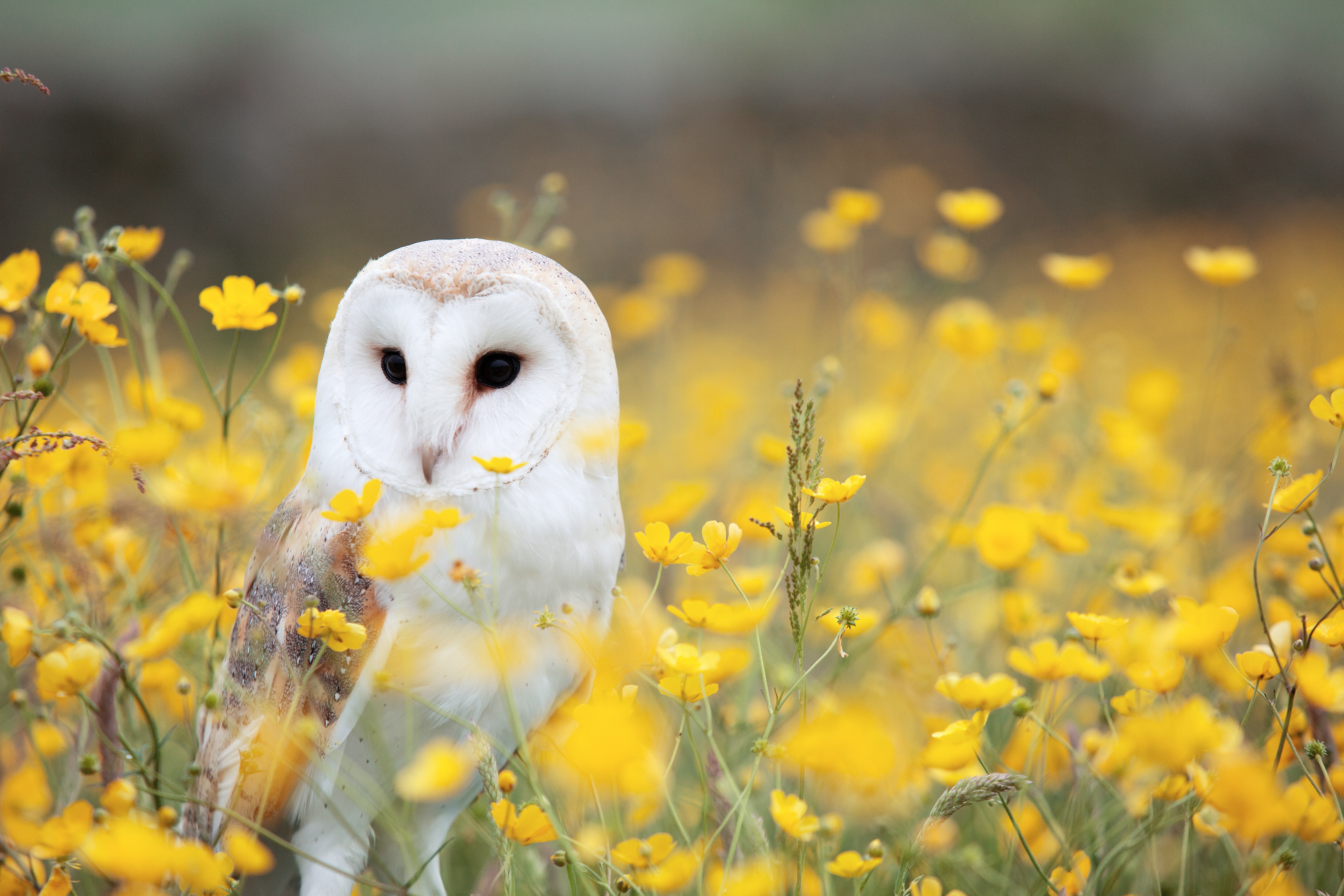Photo by Phinehas Adams on Unsplash
Where are they who leapt from horses in dusty streets, threw down the reins, kicked open saloon doors, pistols ready, to tell some ‘baddy’ to come out with their hands in the air?
My knowledge of the Western genre was gained – as you can tell – watching Bonanza or John Wayne on TV with my father, followed a few years later by Sergio Leone’s ‘Dollar’ films, The Good, the Bad and the Ugly and A Fistful of Dollars which came fondly to be known as Spaghetti Westerns and which catapaulted Clint Eastwood to lifelong taciturn fame.
Alas where is he now, our beloved stereotype of the once-made-America-great variety? The man who lassooed a steer with pin-point accuracy at the same time as smoking a gauloise cigarette (or whatever the brand was); who despatched a host of injuns before riding off into the sunset, who inspired generations of schoolboys (OK and girls) to hurtle round a million surburban gardens shooting cap guns at each other? Where is he?
Answer: I don’t know. But he is not in McMurtry’s book. This is a good thing. The Western novel has moved on from all that. Or mostly. I found this book through reading Liz Dexter’s excellent blog, Adventures in Reading. Thank you Liz.
So to the plot. Captain Woodrow Call and his friend Augustus McRae are retired rangers. To date their lives have mostly been spent protecting the borders and chasing down Mexican bandits. Now, they run a cattle business known as the Hat Creek Cattle Company.
I love that name so much I have to repeat it. The Hat Creek Cattle Company. This business bears its proud name written on a sign (by Gus) in … er…a one-horse town called Lonesome Dove, Texas. In reality the company does not do much business, leaving Call and Gus to spend most of their days hanging around, talking about the old days. Then a chance remark made by a former colleague about the wide expanses of grasslands available in Montana, starts Woodrow Call thinking that he’d like to go to the Canadian border. It’s a 3000 mile ride, but hey! These are the original tough guys. They can do it. A cattle drive occurs as a possibility. Problem is, no cattle. Well, some cattle, a few of course, but not enough for such a grand undertaking. Where to get more?
Call rounds up – or rather steals – a herd of cattle and horses from a Mexican guy called Pedro Flores, who stole them from someone else, probably the American indians. And suddenly it’s a party. A party which is off up the trail to Montana. It doesn’t really occur to any of the hands that he takes on to question this. He is Captain Call and he has been in charge for decades and continues to be in charge, and he’s never let them down before so what Call says more or less goes.
This aforesaid party consists of Call and Gus, a 17 year old boy called Newt (Call’s unacknowledged son), a woman of the night known as Lorena, Jake Spoon, as well as a plethora of hangers-on with strange names like Pea-Eye and Dish. All embark on this fiendishly difficult trip to a place they know nothing about on a whim, not knowing when or if they will return, or even whether they will survive.
Gus points this out to his friend Call.
“Driving all these skinny cattle all that way is a funny way to maintain an interest in life, if you ask me.”
‘Well I didn’t.”
“No, but then you seldom ask,” Augustus said. “You should have died in the line of duty Woodrow. You would know how to do that fine. The problem is you don’t know how to live.”
If Gus is right and this is some kind of insane mid-life crisis on Call’s part, it is one that causes everyone a great deal of trouble. On this trail they will meet snakes, stampedes, sandstorms, grasshopper plagues. And yes, indians.
I liked the fact that the writer fought against resorting to well worn clichès of the genre. No-one in this book behaves much like John Wayne or Clint Eastwood. There are a few sunsets along the way. There are memories of love for those lucky enough to have been touched by it, but more memories of loss. There is compromise, bad food, a few shoot outs, a couple of hangings, a fair bit of companionship, and folks looking out for each other. There is a lot of death and copious amounts of confusion and homesickness.
What there isn’t, is purpose. Or not that I could see.

I read Lonesome Dove over two very hot weeks in Crete when the temperature soared to 37 degrees, so I could appreciate the complaints of the characters about the baking plains of Nebraska, no doubt a great deal hotter. If the author hadn’t actually done all the things he wrote about then he certainly did a load of research. It all feels real. Mules get hitched to wagons. The streets of San Antone are silent and empty. The writing is gorgeous.
I understood McMurtry’s point that people don’t always do things knowing why they are doing them, or that decisions they think are good decisions turn out to be very bad ones. I understood that Call and Gus are portrayed as very much at the end of their era in terms of the myth of the American West. But by the time I reached Book 3 on page 581 I was exhausted with everything going badly for the characters. I was exhausted with the heartbreaking waste of everything and the wretched state of the poor indigenous folk who were, after all, there first.
The main female characters (with one exception) are ‘whores’: Lorena whose one ambition in life is to get to San Francisco. The place is just a name to her but she has been told it is cool there ( the air temperature rather than the culture, but that too of course). She longs to leave Lonesome Dove and live somewhere that is not baking hot. This being the 1880s, Lorena can’t get to Frisco without a man. She fixes on a guy called Jake Spoon for the job of accompanying her, but Jake has his own not very morally elevated agenda and disaster ensues.
Another lady, Ellie, in the past earned her living as a woman of the night but then married and became suffocatingly respectable. Ellie with one child and now pregnant again, despises the restrictions of her small town life as a wife and mother, and tries to escape her heartbroken husband who goes searching for her.
Probably the thing that sat most uncomfortably for me was the whole American Indian thing. The book was published in 1986 so not that recently but recently enough to be more aware of its stereotypes. McMurtry acknowledges and writes about some Indian tribes as depleted, desperate and starving; he acknowledges the decimation of the buffalo herds upon which the Indians relied, and who, in reality was the aggressor:
‘they didn’t ask us to come’
Gus remarks. Yet that didn’t stop McMurtry writing a truly evil character in the novel, the supreme baddie, as a man called Blue Duck, of American Indian ethnicity.
The last 200 pages I felt were superfluous, I found Woodrow Call’s last project bizarre to the point of being incomprehensible.
I did enjoy the book – it’s very readable and most of the characters are sufficiently empathetic to keep the reader caring about the ones that die. But I’m not sure that, were it to be published today, Lonesome Dove would receive quite as many plaudits or that it would win such a prestigious literary prize.
This is the second book that I have read and reviewed
from my classics club list. 48 left to go.
Next up: A Tree Grown in Brooklyn, Betty Smith





Leave a Reply to volatilemuseCancel reply